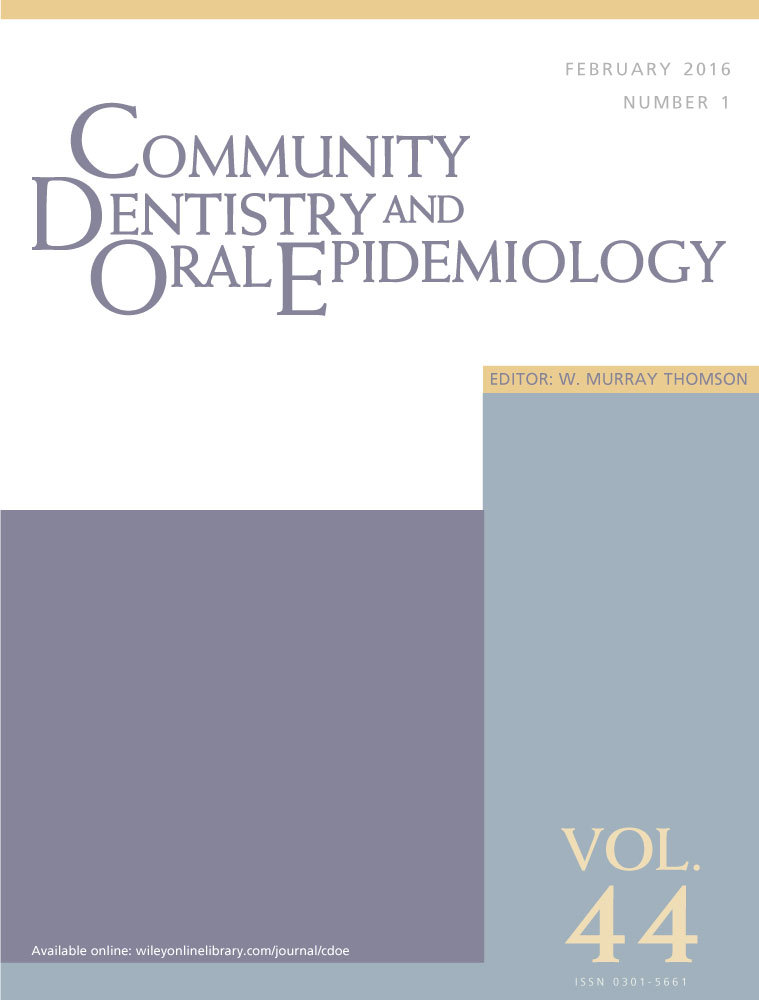Association between family factors and children's oral health behaviors – a cross-sectional comparative study of permanent resident and migrant children in large cities in China
Abstract
Objectives
To examine the association of family factors on oral health behaviors of children and compare them between permanent residents and migrant children.
Methods
A total of 3015 children in grades 4, 5, and 6 from 16 elementary schools and their parents in Beijing and Guangzhou, China, were selected through multistage stratified cluster random sampling. Questionnaires constructed for this study were self-completed by children and parents to collect information on children's oral health behaviors (COHB), parents’ modeling behaviors (PMB), parents’ direct controlling behaviors (PDCB), parents’ indirect controlling behaviors (PICB), parents’ oral health knowledge and attitudes (POHKA), and children's oral health knowledge and attitudes (COHKA). Correlation analysis and path analysis were used to explore the correlation between COHB and PMB, as well as the effects of family factors [socioeconomic status (SES), PMB, PDCB, PICB, and POHKA on COHB].
Results
Considering all participants, the rates of behavioral similarities of parents and children were 63.8–86.1%, all showing statistical significance. For family factors included, PMB, SES, PICB, and POHKA demonstrated positive relationships with COHB with standardized coefficients of 0.200, 0.122, 0.040, and 0.059 in residents and 0.160, 0.121, 0.090, and 0.041 in migrants, respectively. Family SES was associated with COHB directly and indirectly to a similar degree. In migrants, the relationship between COHKA and COHB was greater than that between PMB and COHB. COHB scores were higher in younger children. In residents, the relationship between PMB and COHB was greater than that between COHKA and COHB. COHB scores were slightly higher in older children indirectly influenced by increases in COHKA.
Conclusions
Parents’ behaviors shared relatively high similarities with COHB and family factors were associated with COHB greatly. The relationship between PMB and COHB was less than that between COHKA and COHB in migrants. The association between family factors and COHB in disadvantaged populations should be considered when designing children's health education programs.




